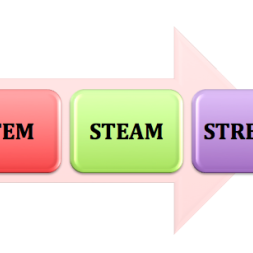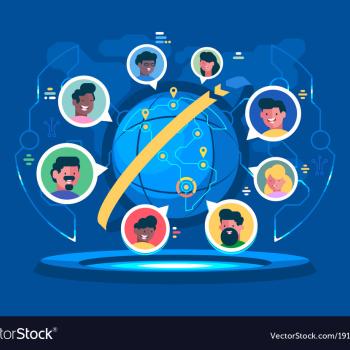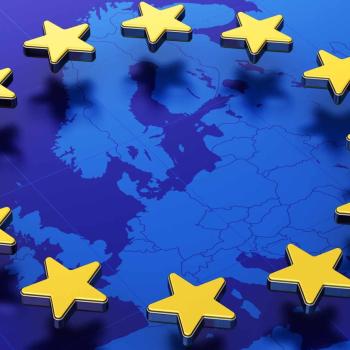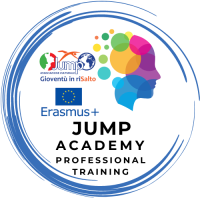
STEM/STEAM/STREAM Education – New Frontiers For A Transversal And Innovative School
Our course is step advanced and the title contains the 3 terms: STEM/STEAM/STREAM which we consider the 3 streams of education.
STEAM Education is an approach to learning that uses Science, Technology, Engineering, the Arts, and Mathematics as access points for guiding student inquiry, dialogue, and critical thinking.
Description
The acronym STEM is nowadays already a structured reality and the meaning is known by all teachers of Europe and worldwide. Innovative schools already introduced STEM education into the daily curricula and the labor market is open to STEM profiles. One of the main topics is to foster more girls in choosing STEM careers and we are nearer to it.
Our course is step advanced and the title contains the 3 terms: STEM/STEAM/STREAM which we consider the 3 streams of education.
STEAM Education is an approach to learning that uses Science, Technology, Engineering, the Arts, and Mathematics as access points for guiding student inquiry, dialogue, and critical thinking.
Integrated STEAM education in European schools is an approach to preparing a quality STEM workforce and literate citizens for a highly technology-based society.
Understanding science and mathematics knowledge and practices, as well as technological and engineering practices, has become a priority for national education programs across the world (Kelley & Knowles, 2016). The United States Next Generation Science Standards (NGSS) include engineering design and practices as primary elements of science education (the NGSS Lead States, 2013). The UK has also put forth an educational policy agenda promoting science, technology, engineering, and mathematics (STEM) integration both in and out of schools (STEM Learning, 2018). Germany also created a national STEM forum to promote STEM education for all education levels, formal and informal (Nationales MINT (STEM) Forum, 2014). All these efforts in developed countries to reform STEM education are to meet the challenges of the twenty-first century which require strengthening the workforce in STEM areas to address global issues and STEM literacy for a new era (Kelley & Knowles, 2016).
Our course is focused on understanding the process which brought from STEM to STEAM to STREAM, more trendy at the moment.
STEAM is named differently from STEM due to its emphasis on arts (fine arts, language arts, liberal arts, and physical arts) as an important component of integration. While the STEAM reform movement is in alignment with STEM reform in other countries, its added component, i.e., arts, was inspired by the concurrent social discourse on education for creativity and a well-rounded citizen in the twenty-first century (Baik et al., 2012). Also, the national concern for students’ low confidence and interest in learning science regardless of high achievement (Organization for Economic Co-operation and Development, 2013) factored in promoting the integration of arts with STEM education for effective goals.
Using STEAM education results in students who take thoughtful risks, engage in experiential learning, persist in problem-solving, embrace collaboration, and work through the creative process. These are the innovators, educators, leaders, and learners of the 21st century! This comprehensive article will help you understand the keys to a meaningful STEAM effort.
STREAM adds one more layer to STEM and STEAM: reading and wRiting. Advocates of STREAM see literacy as an essential part of a well-rounded curriculum, as it requires critical thinking as well as creativity. STREAM projects are similar to STEM or STEAM, but fold in the components of reading and writing.
Teachers representing a school staff have a great responsibility and need training because developing STEAM and or STREAM means completely changing the entire approach to teaching and fostering school coordination for more synergetic cooperation among language and different subject teachers.
Learning objectives
- Learning about the different terms and definitions of the actual framework related to STEM/STEAM and STREAM
- Discovering methods connecting subjects and how to foster teachers’ cooperation
- Experiencing different lesson plans of STEM/STEAM and STREAM
- Cooperating with teachers of other nationalities
- Creating a new way to bring innovation in my school developing a learning and teaching path including STEM/STEAM and STREAM practices and programs.
Methodology & assessment
Furthermore, in line with the JUMP Academy method, our courses are based on a strategic balance between formal and non-formal education, indoor and outdoor education and the team takes care of a very important aspect of international mobility which is the intercultural learning which we develop with short excursions and facilitating the interaction with local partners, businesses and citizens of our territory. Each local context has its own economy so it’s always useful, in training programs, to get in contact with concrete examples (experiential learning and real based learning).
We always try to connect our learners to local teachers and students to cooperate in developing innovation and networking for future projects.
Materials, digital tools & other learning resources
JUMP provides, after the completion of the course, all presentations, training materials and any other digital and learning tools used during the training sessions. Furthermore, extra materials are sent if there are updates and new ones researched afterwards.
Certification details
At the end of the training, JUMP issues a formal certificate of attendance, and the team is available to complete the Europass certification document according to the EU template and other documents required for reporting by the sending organization.
Our courses are in line with the Erasmus+ Quality standards for courses under Key Action 1 (learning mobility of individuals)
Pricing, packages and other information
-
Course package content:
In the course fee are included: organization, administration, trainers' costs and classes, further training/learning materials, certification, support of the team H24, photo-video reporting.
Extra costs are referred to logistics. JUMP is sending all the precise info when the participants or the Erasmus coordinator ask for information.
-
Additional information:Description of the services and activities included in the course package (such as accommodation, meals, transport) or available at extra cost.
-
Cancellation & changes:
With a proper time in advance is possible to cancel the participation, informing and explaining the motivation.
-
Additional information:The options and conditions for change and cancellation, and the policy in case of unforeseen circumstances (force majeure).
Additional information
-
Language:English
-
Target audience ISCED:Primary education (ISCED 1)Lower secondary education (ISCED 2)Upper secondary education (ISCED 3)
-
Target audience type:TeacherICT CoordinatorTeacher Educator
-
Learning time:25 hours or more
Upcoming sessions
Past sessions
More courses by this organiser

COMMUNICATION IN THE NEW MULTICULTURAL SOCIETY. Understanding How Language Works To Improve Our Communication And Relationships With Others

TEACHING IS COMMUNICATION. Developing Positive Communication Skills For Teachers


